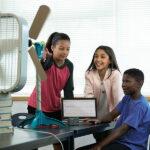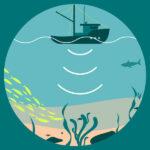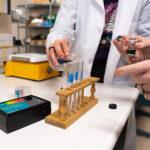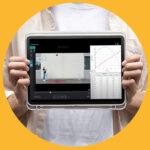
Sharing ideas and inspiration for engagement, inclusion, and excellence in STEM
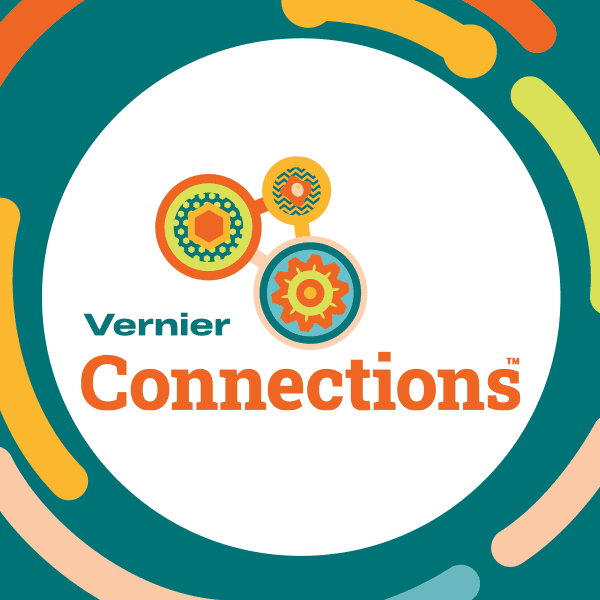
With the Next Generation Science Standards (NGSS), the National Research Council put forward a new vision for what it means to be proficient in science. You’ve undoubtedly heard of three-dimensional learning, the framework upon which the NGSS are based, but you may be unclear about what they mean and how to apply them in your classroom. In this blog post, we will unpack the three dimensions of learning as well as explain how Vernier Science Education is designing Connections lessons to be three-dimensional.
What Is Three-Dimensional Learning?
The goal of three-dimensional learning is for students to learn science by doing science. It acknowledges that science is not merely a body of knowledge that reflects our current understanding of the world and that domain mastery is not the memorization of these facts. Instead, three-dimensional learning aims to actively engage students in scientific and engineering practices and the application of crosscutting concepts to deepen their understanding of core scientific ideas. In fact, knowledge of scientific practices, crosscutting concepts, and the core ideas of science and engineering make up the three pillars of the NGSS. Mastering these will enable students to become critical consumers of scientific information related to their everyday lives, engage in evidence-based discourse on science-related issues, and continue to learn about science throughout their lives.
A Closer Look at the Three Dimensions
Science and Engineering Practices
The Science and Engineering Practices (“the Practices”) are cognitive skills that scientists use to develop scientific knowledge and are consistent across scientific domains. The purpose of the Practices dimension is to better specify what is meant by inquiry in science and the range of cognitive, social, and physical practices that it requires. The Practices dimension is important because as students build experience with the practices employed by scientists and engineers, they develop an understanding of how scientific knowledge is acquired and become builders of knowledge themselves.
Crosscutting Concepts
The Crosscutting Concepts (“CCCs”) are thinking tools scientists use across the science disciplines. For example, systems and system models are key crosscutting concepts used in every scientific domain to help explain natural phenomena. Through the representation of phenomena within systems and the modeling of how phenomena occur, scientists—and students—deepen their understanding of the world around us. CCCs guide scientific work because they are tools that students use to figure out the answers to scientific questions. Other crosscutting concepts guide us to look for patterns in phenomena, quantify those patterns, represent cause and effect relationships, and examine the mechanisms that cause those relationships.
Disciplinary Core Ideas
Disciplinary Core Ideas (“DCIs”) are the big ideas that explain all the phenomena in our world. The DCIs have been intentionally reduced in number to represent the ideas with the most explanatory power. Where previous standards commonly listed many detailed and disconnected topics, the DCIs aim to explain many topics using a much smaller set of big ideas. For example, gas laws are explained through developing students’ understanding of the structure and properties of matter and electric forces at an atomic scale. Explaining relationships among bulk scale properties using these fundamental ideas is more powerful and broadly applicable than memorizing the individual different gas laws. In this way, the DCIs aim to prepare students to apply what they know to reason explanations and acquire additional information on their own.
All DCIs have at least two of the four characteristics. They are
- Broadly important across multiple sciences or engineering disciplines or are a key organizing principle of a single discipline
- Important for understanding or investigating more complex ideas and solving problems.
- Related to the interests and life experiences of students or connected to societal or personal concerns that require scientific or technological knowledge
- Teachable and learnable over multiple grades at increasing levels of depth and sophistication
How Three-Dimensional Learning Shapes Connections Lessons
The shift to three-dimensional learning has not been an easy one for educators. Most did not learn science in this way, have not been addressing standards in this way, and, perhaps most importantly, don’t have access to the high-quality resources needed to support this new approach. Three-dimensional standards are complex and require multiple lessons to fully address, greatly impacting how teachers develop their lesson plans. Each dimension has its own learning progressions, requiring teachers to think about how different aspects of student learning will come together within the exploration of a natural phenomenon. Even identifying a phenomenon that students will be able to observe and explain using grade-level appropriate knowledge can be a challenge.
Within every Connections lesson, you’ll find the three dimensions working together to deliver an impactful learning experience for students. And, when selecting the right lesson for their class, teachers can search not only by topic, subject, grade level, and sensor compatibility, but also by DCI, CCC, Practice, and Performance Expectation (PE)!
At the onset of the lesson-building process, the Vernier Instructional Design Team works backward from the learning goal by creating a student-level explanation that specifies how on-grade-level NGSS elements will be used within the lesson. From there, they design a multidimensional learning journey that provides students with opportunities to gain the specific knowledge, skills, and understandings outlined in the performance expectation. Anchoring phenomena are carefully selected to represent specific targeted disciplinary core ideas, motivate student interest, and promote critical thinking. Within every Connections lesson, one to two crosscutting concepts are integrated. Learning is deepened through hands-on investigations, oftentimes based on proven Vernier experiments that have been reenvisioned as 3D investigations. These investigations along with other activities included in the learning journey serve to build knowledge of the Practices.
Let’s take a look at one specific Connections lesson: Pressure and Volume in a Syringe.

Within this lesson, there are multiple learning objectives that use elements from the NGSS. However, let’s zoom in on just one of the learning objectives, “Develop a model that uses kinetic energy and intermolecular forces to explain how changing volume affects the pressure of a gas.” This objective combines three NGSS elements. Here’s how each is presented within the Connections Pressure and Volume in a Syringe lesson:
Science and Engineering Practice: Developing and using models
In this lesson, students develop and use a model to describe the behavior of a gas particle in a syringe when the volume changes.
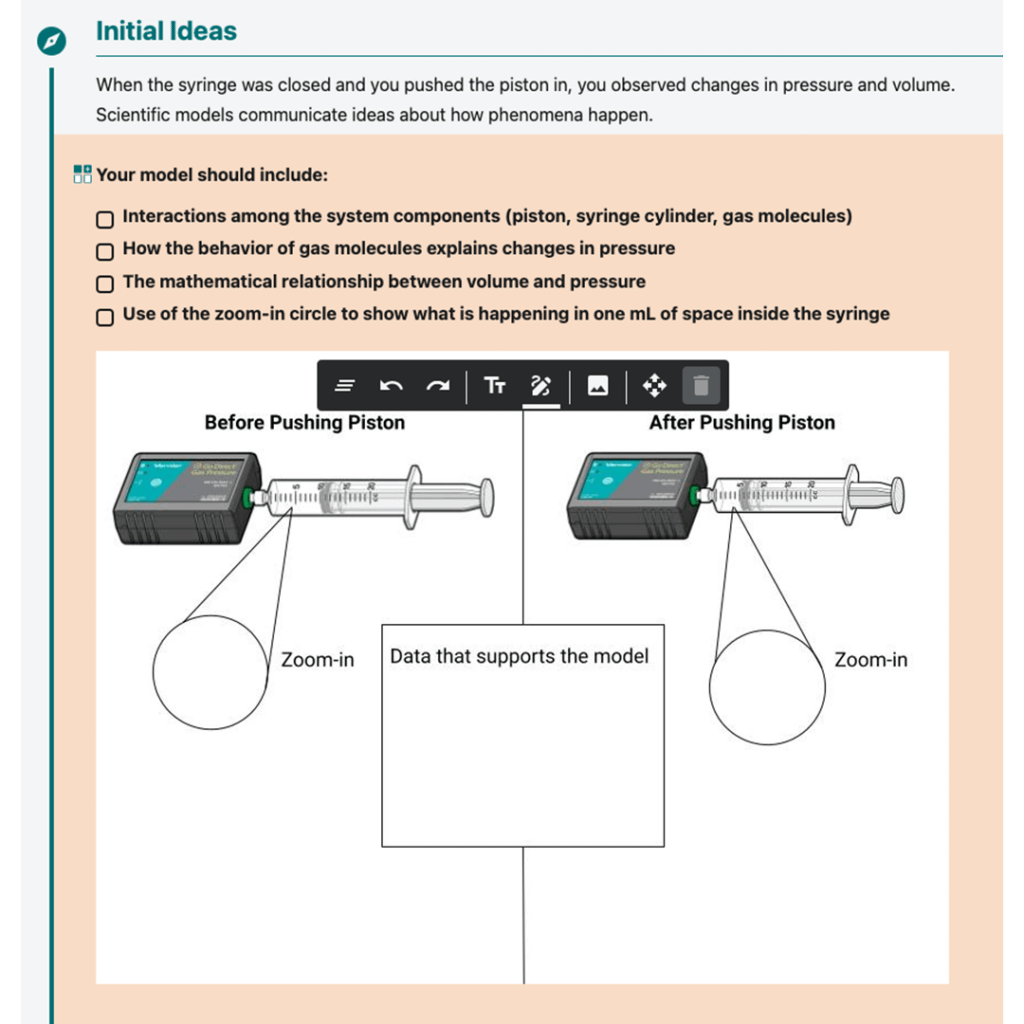
Crosscutting Concept: Patterns
In this lesson, students observe patterns at the bulk and microscopic scales for the syringe system in order to provide evidence for how a change in volume causes a change in pressure.
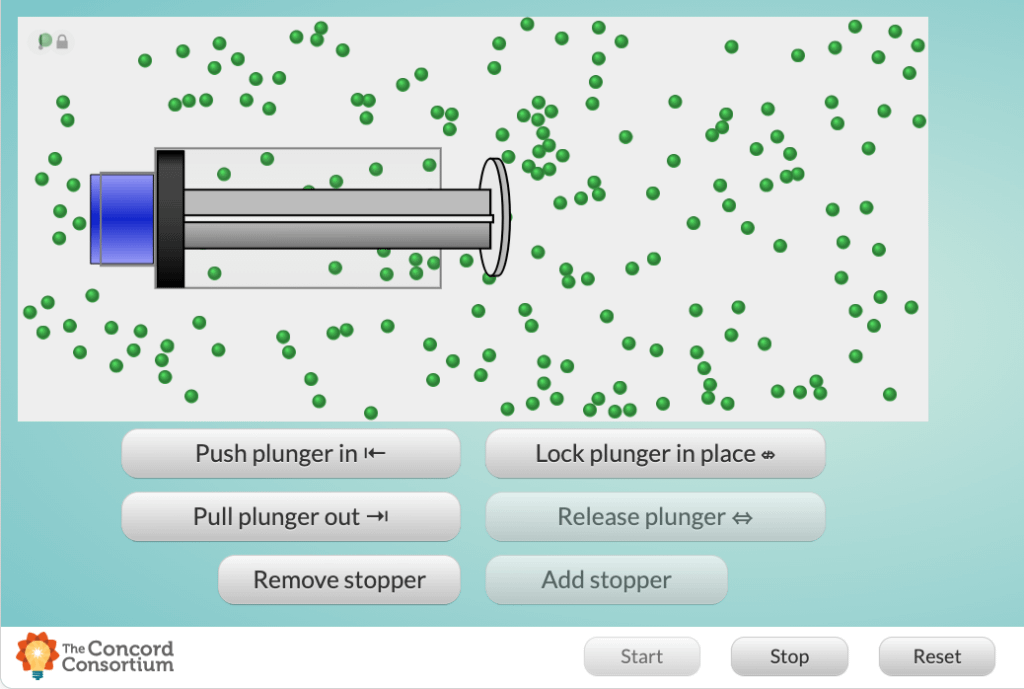
Disciplinary Core Idea: Structure and properties of matter
In this lesson, students demonstrate their understanding by creating a model of what is happening within the syringe on a microscopic level as well as by applying their learning of the DCI in new contexts, including pressure within a bicycle pump and explaining why understanding gas laws is critically important for scuba divers.
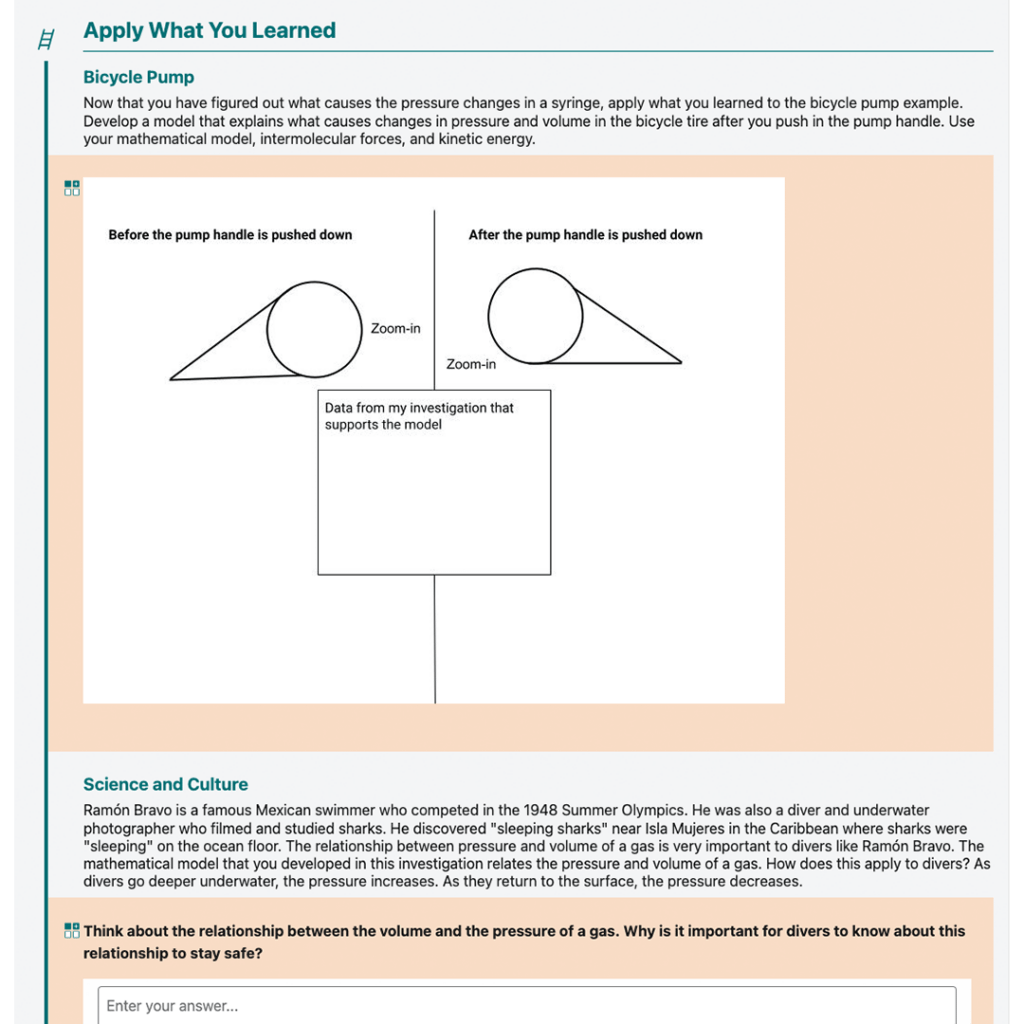
As teachers make the shift from enabling students to confirm the science to discovering it through three-dimensional learning experiences, many are wondering where to start. And, they’re experiencing the ripple effects of this shift every day as they work diligently to develop new lessons, recreate instructional materials, and search for supporting resources—leaving even veteran teachers feeling like novices again. Vernier Science Education is designing Connections lessons to be three-dimensional in order to support teachers in meeting the rigorous demands of today’s science standards, and to nurture students’ development into the next generation of STEM-literate citizens.
Share this Article

Sign up for our newsletter
Stay in the loop! Beyond Measure delivers monthly updates on the latest news, ideas, and STEM resources from Vernier.

